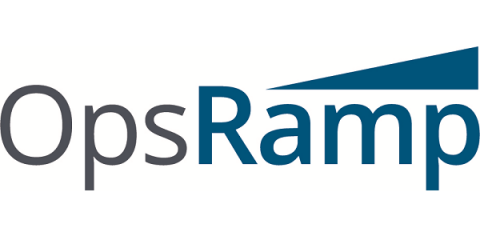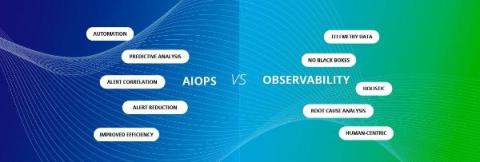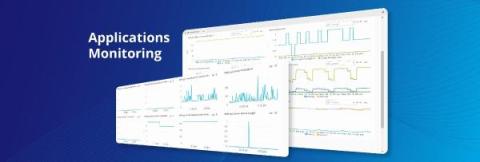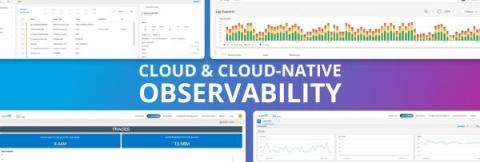Operations | Monitoring | ITSM | DevOps | Cloud
OpsRamp
The Top Five Benefits and Challenges of Hybrid Cloud
OpsRamp and the Rise of Observability
How to Leverage Generative AI in IT Operations
What Will 2024 Bring to the ITOps World? OpsRamp's Technology Leaders Make Their Predictions
The ITOM'ologist's Corner: OpsRamp to ServiceNow CMDB Integration
This recurring blog will look at specific ITOM technologies within the OpsRamp solution and general ITOM challenges. Got an idea for this blog or want to learn more about ITOM at OpsRamp?
Network Observability 101: A Primer
In today's digital-first landscape, maintaining the health and performance of your network is critical for the seamless operation of your business and its services. To that end, network observability has emerged as a key concept and discipline in ensuring the robustness and performance of networks. But what is network observability?
What's the Difference between AIOps and Observability?
In the ever-evolving world of IT, keeping an eye on application, service and system performance and addressing issues in real-time is crucial both to an organization’s customer experience, as well as its overall success. Two terms and approaches that have gained significant attention in recent years are AIOps and observability. While they both relate to improving IT monitoring and management, they serve distinct roles in enhancing operational efficiency.
How OpsRamp Can Monitor Your Enterprise Applications
Application tracing may be getting all the hype these days and rightfully so, as monolithic Java and.Net applications give way to microservices-based applications in modern IT environments. Distributed tracing provides visibility into the flow of requests between the microservices that make up these applications, helping you to spot performance and network connectivity issues.
Demystifying Cloud and Cloud-Native Observability
In the ever-evolving and fast-changing landscape of cloud computing and modern software development, achieving 360-degree visibility into your critical business services, applications and infrastructure is essential. This is where observability comes into play. Observability, especially in a cloud-based or cloud-native environment, has become a critical aspect of maintaining and optimizing complex systems and services.











